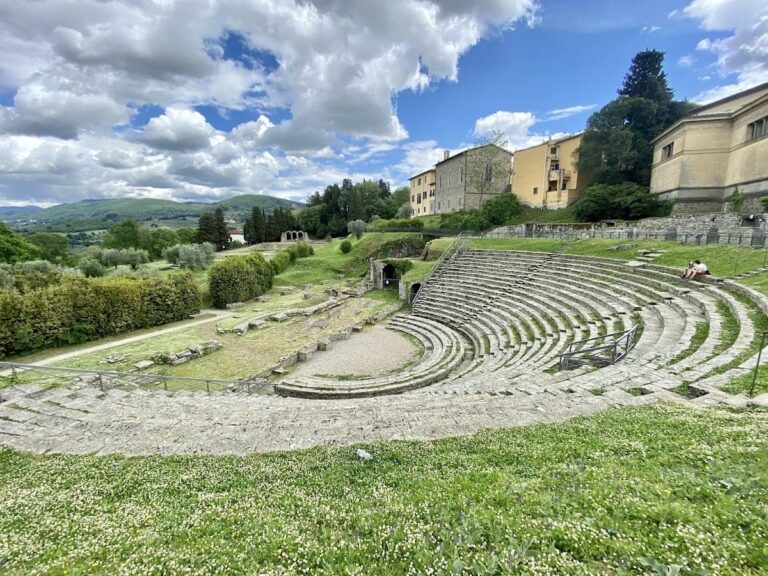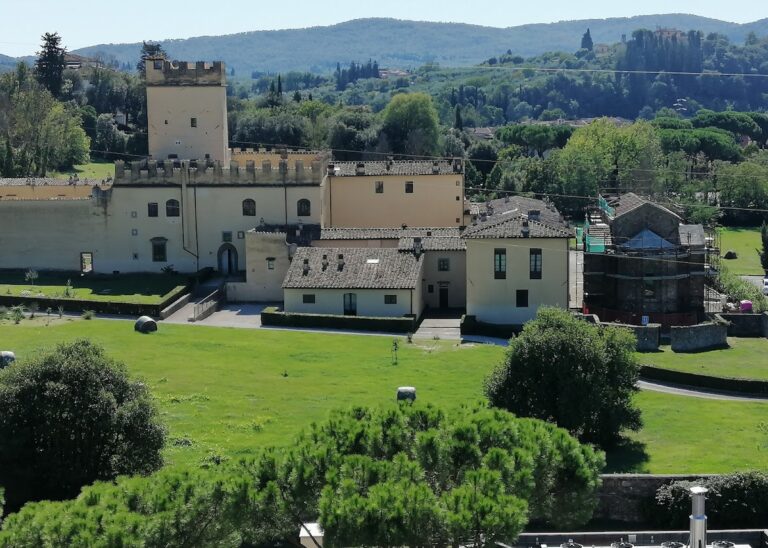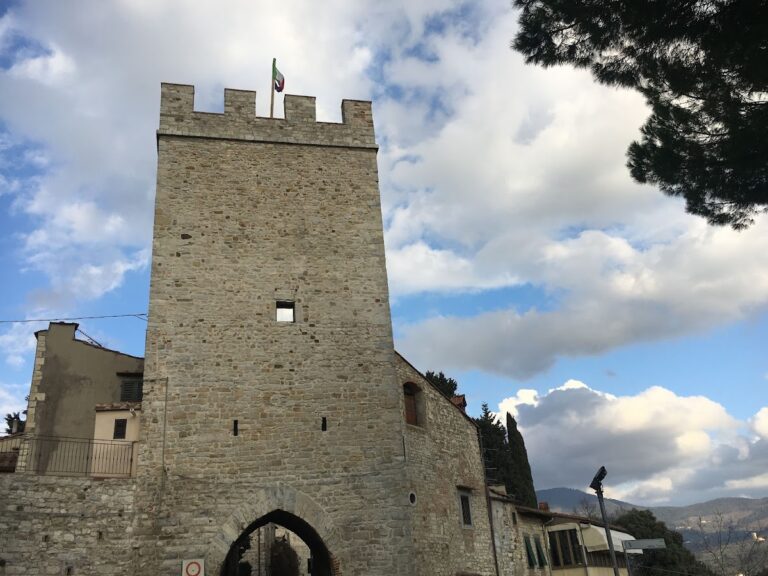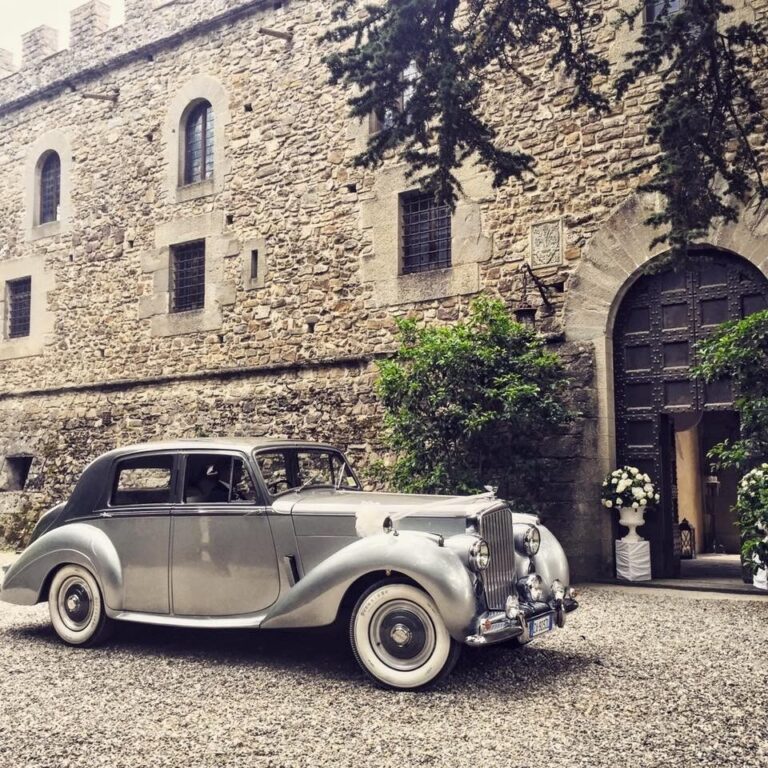Montalbano Castle: A Historic Fortress and Cultural Site in Florence, Italy
Visitor Information
Google Rating: 3.9
Popularity: Low
Google Maps: View on Google Maps
Official Website: www.castellodimontalbano.com
Country: Italy
Civilization: Unclassified
Remains: Military
History
Montalbano Castle is situated in the municipality of Florence, Italy, and was originally constructed by the medieval noble Tedaldi family of Fiesole. Known historically as Rocca de’ Tedaldi, the fortress likely predates the founding of Florence itself, according to tradition and the 14th-century historian Giovanni Villani. A plaque above the castle’s entrance commemorates an event in 768 when Charlemagne reportedly stayed at the site to celebrate Christmas, linking the castle to early medieval European history.
During the Renaissance, the castle remained notable within cultural circles. The historian Guido Carocci recorded that Michelangelo was acquainted with Montalbano Castle and admired it as one of the most beautiful castles he had encountered. By 1527, the castle had fallen into disrepair, leading its last Tedaldi owner, Bartolo di Leonardo, to rent it out. In subsequent centuries, ownership transferred partly to the church of Sant’Andrea a Rovezzano and then passed into the hands of the Morelli family in the 17th century.
The early 19th century saw the castle suffer from structural difficulties, prompting partial demolition. Later in the same century, Laudadio Della Ripa, proprietor of a nearby estate called Villa del Loretino, invested in a comprehensive renovation that transformed the castle into a comfortable villa. Despite the changes, efforts were made to retain the appearance of a medieval fortress. In the early decades of the 20th century, Count Feliciano Monzani, related to the prominent State Secretary Cirillo Monzani, became the owner.
Under the Fascist regime, Montalbano Castle was repurposed as a convent for former prostitutes. A chapel with an adjoining bell tower was active during this period but has since been desacralized. Notably, on April 2, 1929, the castle hosted a meeting where Benito Mussolini and British Prime Minister Neville Chamberlain signed an agreement. The main hall still features a black and white terracotta floor arranged in a checkerboard pattern, emblematic of the architectural style favored during Fascism.
World War II brought further changes. The castle served as a civilian internment camp primarily detaining Yugoslav civilians, typically holding between 30 and 50 individuals. After September 8, 1943, following Italy’s armistice, the site became a concentration camp for non-Jewish Italians until liberation occurred in the summer of 1944.
In the 1960s, following the devastating 1966 flood in Florence, the production company Studio K acquired the castle. It became a site for filming well-known commercials, including early advertisements for Fernet Branca. The following decades saw the premises host Co.Mark.P., an advertising agency notable for introducing Hasbro’s Mio Mini Pony to the Italian market and producing significant toy commercials within the castle’s cellar spaces.
Today, one wing of Montalbano Castle houses Misseri Studio, an animation company founded by Francesco Misseri. This studio has produced stop-motion series such as Mio Mao and Mofy. Meanwhile, the castle’s central section and other parts have been adapted to offer tourist accommodations.
Remains
Montalbano Castle occupies a hill known as Monte Albano, a location that inspired its current name. The hill faces east, ensuring that the rising sun appears behind the fortress. Initially, the castle embodied the characteristic appearance of a medieval rocca—an Italian term for a defensive fortress—built to control the surrounding territory.
Over centuries, the castle underwent significant structural transformations. The most notable intervention occurred during the late 19th century when Laudadio Della Ripa renovated the site extensively. This renovation converted the once dilapidated fortress into a comfortable villa styled living space while consciously preserving its ancient fortification aesthetic. This blend of old and new illustrates the castle’s evolving function and the desire to maintain its historic identity.
Among the castle’s distinctive architectural elements is the main hall’s terracotta floor, laid out in a black and white checkerboard pattern. This flooring dates to the Fascist era, reflecting the design preferences of that period and surviving as a historical witness to the political chapter the castle hosted.
Additionally, a chapel accompanied by a bell tower remains situated on the property. Originally serving religious functions during the building’s time as a convent for former prostitutes under the Fascist regime, these structures have been desacralized in recent decades. Their preservation highlights the layers of religious and social history embedded within the castle’s walls.
Positioned near the Villa del Loretino and on the right bank of the Arno River within the Rovezzano area of Florence, Montalbano Castle stands as a composite of medieval origins adapted through Renaissance admiration, 19th-century restoration, 20th-century political uses, and modern cultural production. This continuity of use has left behind a diverse architectural record visible in its structural form and interior decorative features.










